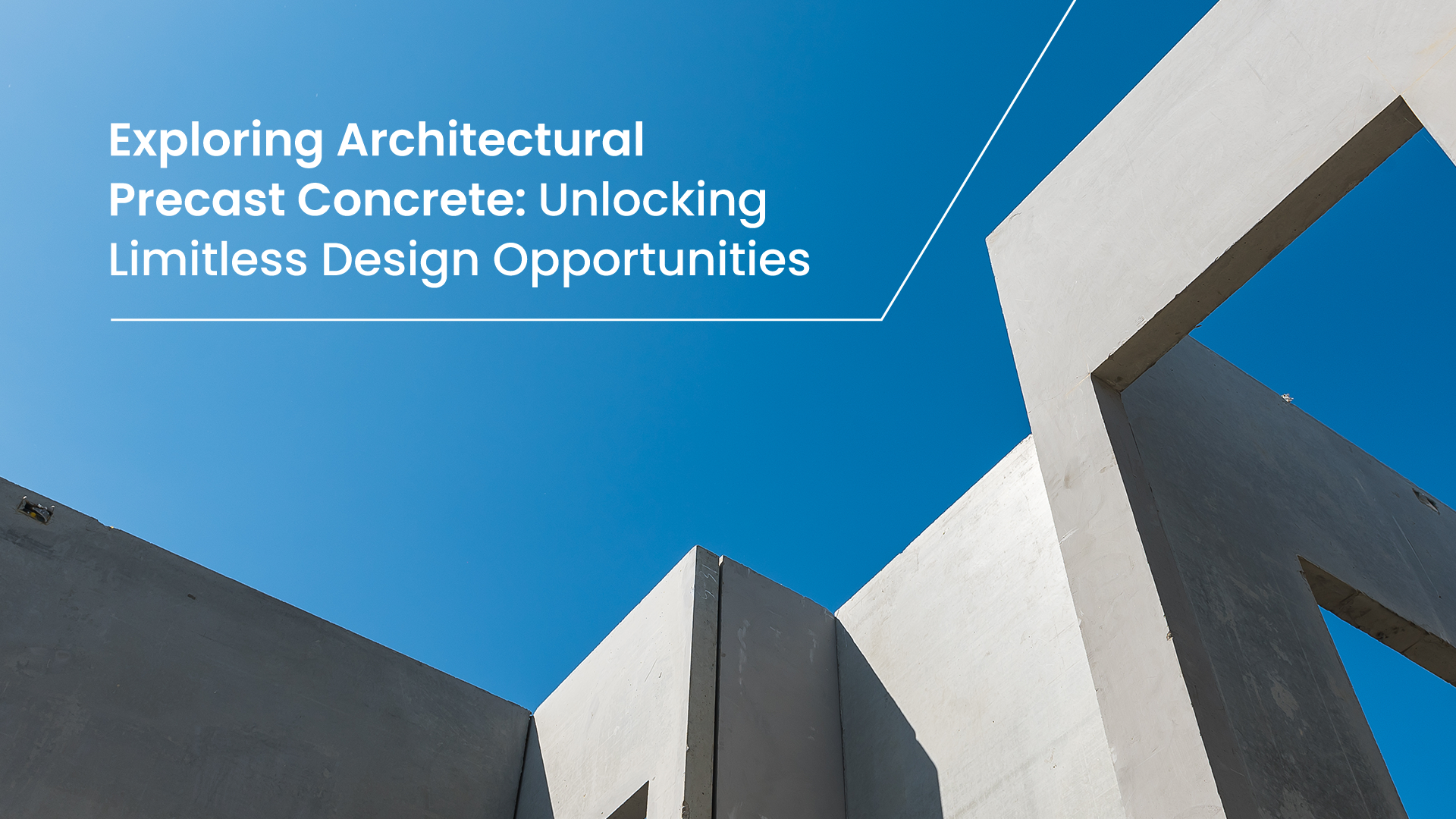
Exploring Architectural Precast Concrete: Unlocking Limitless Design Opportunities
Architectural precast concrete is a versatile and innovative construction material that offers endless design possibilities. With its durability, strength, and aesthetic appeal, precast concrete is gaining popularity in the construction industry, particularly in the United Arab Emirates (UAE). This blog explores the world of architectural precast concrete, highlighting its benefits, the manufacturing process, and the top precast companies in Dubai.
Understanding Architectural Precast Concrete:
Architectural precast concrete refers to the use of precast concrete components in building design and construction, where aesthetics play a significant role. These components are manufactured off-site and installed on-site to create architectural elements such as facades, cladding panels, columns, beams, and decorative elements.
Benefits of Architectural Precast Concrete:
Architectural precast concrete offers numerous benefits, including:
- Design Versatility: Precast concrete allows for limitless design possibilities, with the ability to create complex shapes, textures, and patterns, offering architects and designers creative freedom.
- Durability and Strength: Precast concrete is known for its exceptional durability, strength, and resistance to fire, weathering, and seismic events, ensuring long-lasting and resilient structures.
- Cost-Effective: The manufacturing process of precast concrete components allows for efficient production, reducing construction time and costs while maintaining high-quality standards.
- Reduced Site Disruption: Off-site manufacturing of precast concrete components minimizes on-site construction activities, leading to reduced noise, waste, and disruption to the surrounding environment.
- Sustainable Solution: Precast concrete is an environmentally friendly option, as it uses local materials, reduces waste, and allows for easy recycling and reuse.
Precast Concrete Manufacturing Process:
The manufacturing process of architectural precast concrete involves several stages:
- Design and Mould Creation: Precast companies work closely with architects and designers to create custom moulds that define the precast components’ shape, texture, and details.
- Reinforcement Placement: Steel reinforcement is carefully placed within the moulds to provide structural integrity and strength to the precast elements.
- Concrete Mixing and Pouring: High-quality concrete mixtures, including aggregates, cement, additives, and pigments, are prepared and poured into the moulds, ensuring uniformity and consistency.
- Curing and Finishing: The precast elements undergo a curing process to achieve the desired strength. Once cured, they are finished with various techniques, such as sandblasting, acid etching, or applying textured finishes.
- Quality Control and Delivery: Rigorous quality control measures are implemented throughout manufacturing to ensure industry standards compliance. The finished precast components are then transported to the construction site for installation.
Top Precast Companies in Dubai:
Dubai is home to several reputable precast companies that excel in architectural precast concrete manufacturing. Some of the top precast companies in Dubai include:
- JK White Cement: Known for its high-quality precast products and innovative design capabilities, Jk White Cement offers a wide range of architectural precast concrete solutions.
- Concorde-Corodex Group: With a strong focus on design and engineering, Concorde-Corodex Group is renowned for its bespoke precast concrete solutions for complex architectural projects.
- Gulf Precast Concrete Company: Gulf Precast is a leading precast manufacturer in the region, offering a comprehensive range of precast concrete products for various applications.
- Premier Composite Technologies (PCT): PCT specializes in advanced composite materials, including precast concrete, providing unique and customized solutions for architectural designs.
Innovative Applications of Architectural Precast Concrete.
Architectural precast concrete finds extensive applications in the construction industry, including:
- Building Facades: Precast concrete panels can be used as external cladding systems, offering aesthetic appeal, weather resistance, and thermal performance.
- Structural Components: Precast concrete beams, columns, and walls provide structural support and contribute to the overall stability and strength of buildings.
- Decorative Elements: Precast concrete can be crafted into decorative features such as balustrades, cornices, mouldings, and ornamentation, adding a touch of elegance to architectural designs.
Pushing Boundaries of Design
Architectural precast concrete is continuously pushing the boundaries of design. With advancements in technology, including 3D printing and digital fabrication, architects, and designers can explore intricate shapes, patterns, and textures, giving rise to iconic and visually striking structures.
Conclusion
Architectural precast concrete is an exceptional construction material that offers limitless design opportunities and immense structural benefits. With its versatility, durability, and aesthetic appeal, precast concrete is becoming increasingly popular in the UAE’s construction industry. The top precast companies in Dubai, such as JK White Cement, Concorde-Corodex Group, Gulf Precast Concrete Company, and Premier Composite Technologies, are vital in manufacturing high-quality precast components for architectural projects. As architectural designs evolve, the future of architectural precast concrete holds great promise, enabling architects and designers to create innovative and sustainable structures that shape the UAE’s urban landscape.


